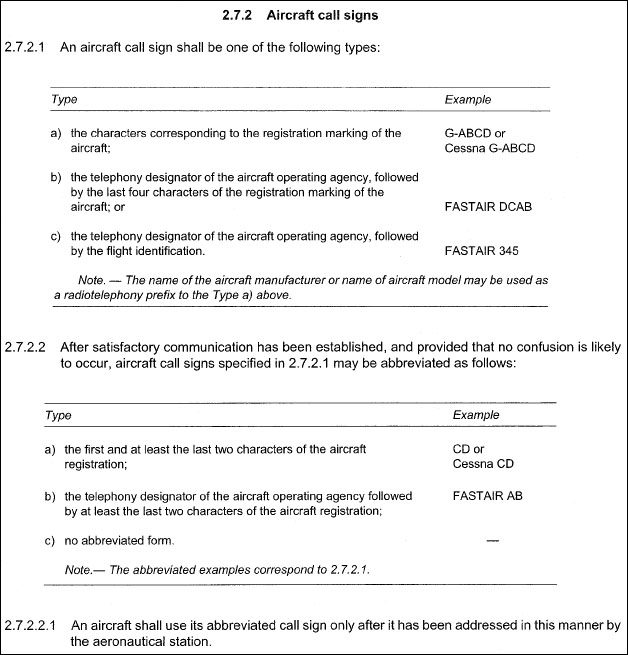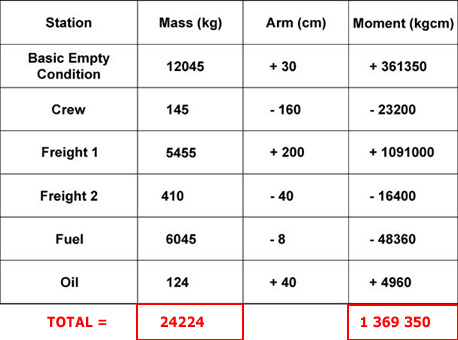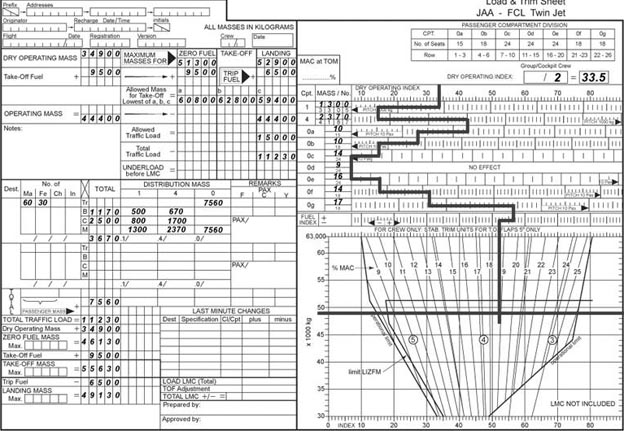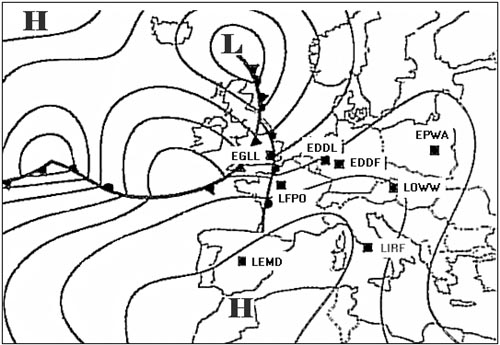Question 13-1 : What transponder mode and code should be used by an aircraft in a state of emergency ? [ Evaluation landing ]
Mode a code 7700
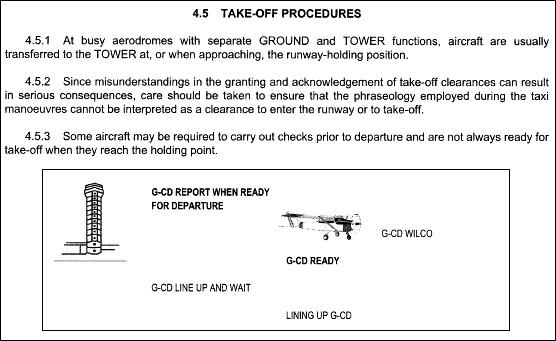
Question 13-2 : To acknowledge transponder mode and code setting instructions pilots shall… ?
Read back the mode and code to be set
Question 13-3 : Pilots shall not squawk ident unless they… ?
Question 13-4 : When the transponder is unserviceable before departure the… ?
Pilot has to inform atc and indicate the unserviceable equipment in the flight plan
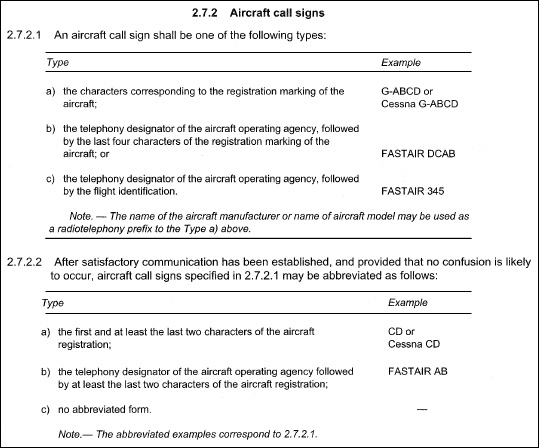
Question 13-5 : When may the pilot disregard a resolution advisory ra issued by acas ?
When following the ra would jeopardize the safety of the aircraft
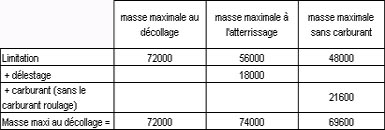
Question 13-6 : To what shall the calculated transition altitude be rounded up ?
Question 13-7 : The transition level shall be provided to the flight crew… ?
During descent prior to reaching the transition level
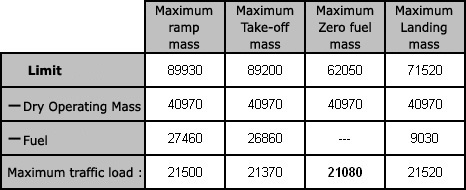
Question 13-8 : Describe where the outbound timing begins in a holding pattern ?
Over or abeam the fix whichever occurs later
Question 13-9 : An aircraft is flying in a holding pattern which adjustments shall be done by the pilot to remain within the holding pattern and protected airspace ?
Heading and timing
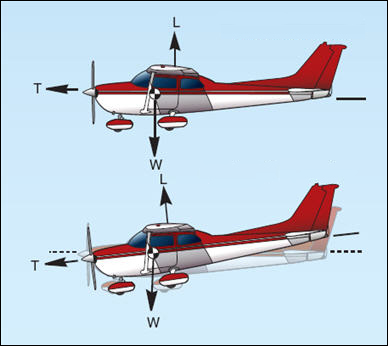
Question 13-10 : If a tcas resolution advisory ra requires an immediate descent while at the same time atc requests an immediate climb the crew should… ?
Follow the tcas ra and inform the atc
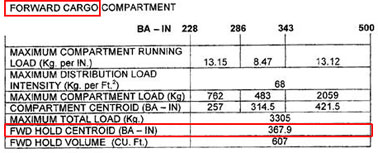
Question 13-11 : Why would a pilot not manoeuvre in response to a ta ?
A ta raises situational awareness only
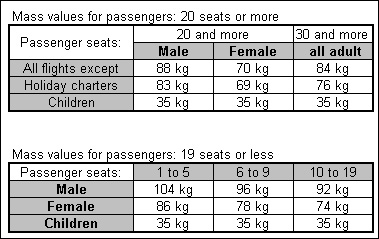
Question 13-12 : A pilot is instructed to leave a holding pattern when clearance is received specifying the time of departure from the holding point ?
The pilot should adjust the pattern within the limits of the established holding procedure in order to leave the holding point at the time specified
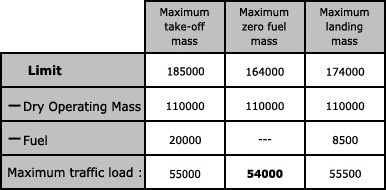
Question 13-13 : You are flying in a holding pattern where you have to consider several criteria and maintain specific parameters like speed altitude time distance and rate of turn if you are descending below such altitude there is a risk of ?
Descending below the obstacle clearance
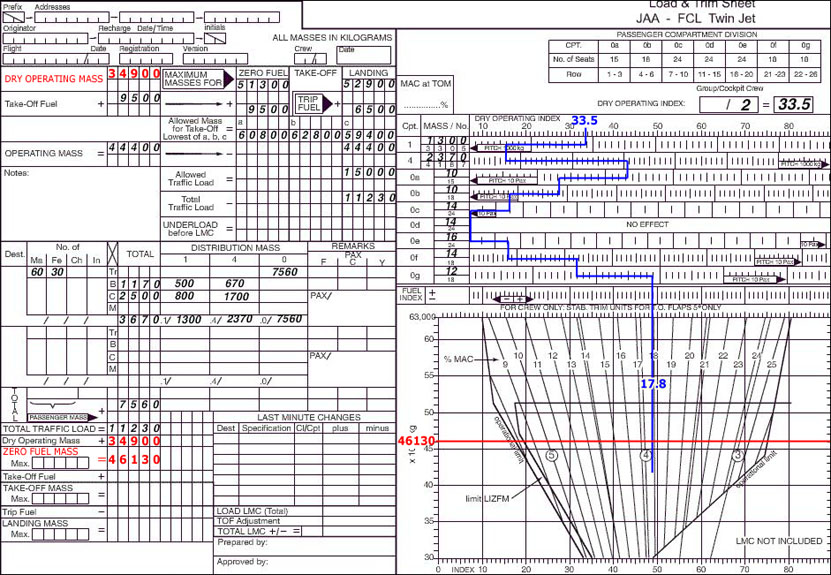
Question 13-14 : An airport provides two parallel runways where one is used for departures and the other one is used for arrivals what type of operation is this ?
Segregated operation
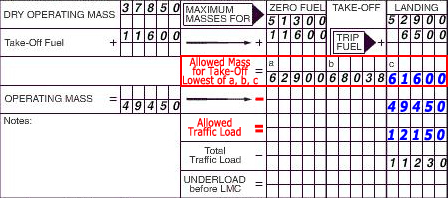
Question 13-15 : After intercepting the holding fix you make a right hand turn to follow the holding pattern what type of entry is being described ?
Direct entry on a right hand holding pattern
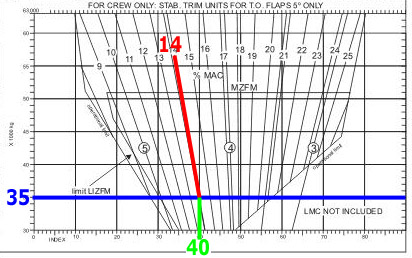
Question 13-16 : The moc of a msa is ?
1000 ft
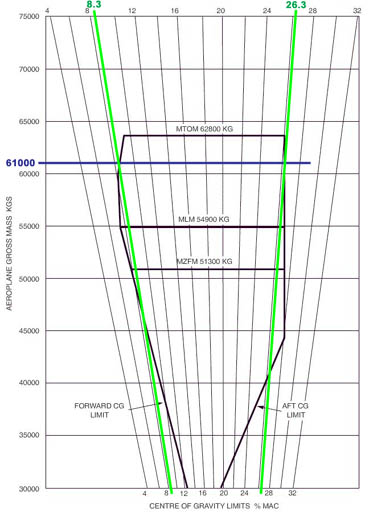
Question 13-17 : An a320 is on its final approach at an intermediate altitude on a precision instrument approach this means that the aircraft is at or past the… ?
Final approach point fap
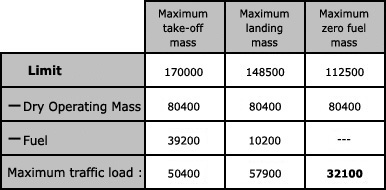
Question 13-18 : Which of the following statements is correct regarding traffic advisory ta ?
When a ta occurs the pilots should visually search for the traffic
Question 13-19 : When approaching the holding pattern an aircraft makes a left turn on to heading 90 degrees for 1 minute it then turns left to capture the inbound magnetic track of 270 degrees what is the appropriate entry procedure ?
Parallel entry procedure
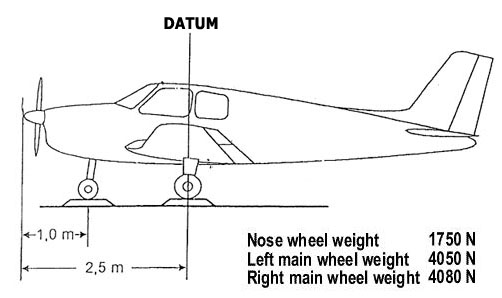
Question 13-20 : You are instructed to enter a standard holding inbound track 010 degrees you are presently tracking 030 degrees what is the appropriate holding entry ?
Direct
Question 13-21 : According to icao guidance for holding procedures all turns in nil wind should be at a… ?
Question 13-22 : What is the minimum obstacle clearance at the departure end of runway on an instrument departure ?
0 ft
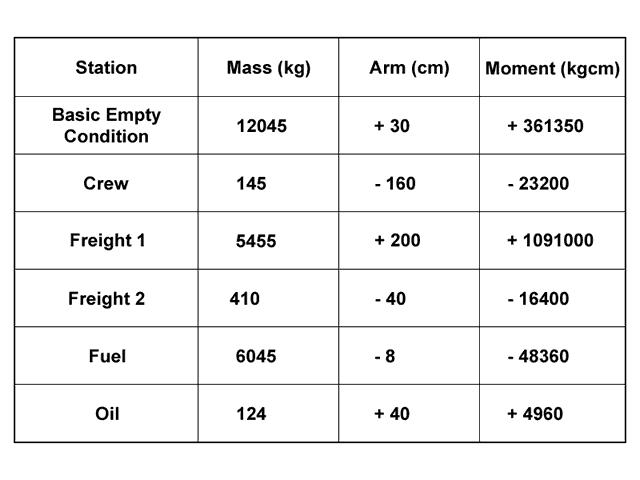
Question 13-23 : An airport provides two parallel runways where one is used for approaches only and the other one is used for departures and approaches what type of operation is being described ?
Semi mixed operation
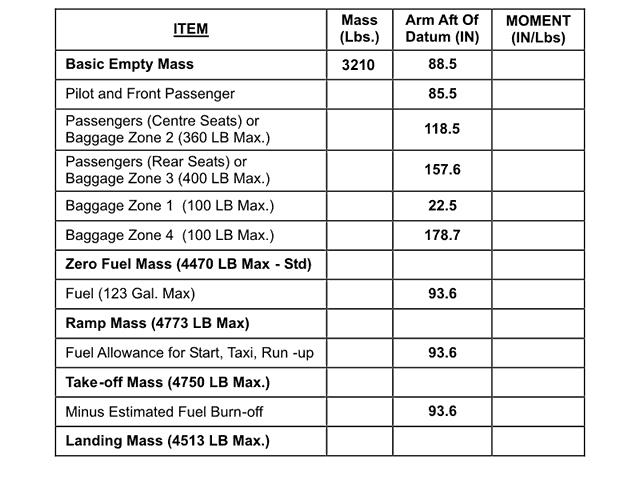
Question 13-24 : What is the optimum glide path angle for an ils approach if no obstacles or similar demand for a different angle ?
5 2%
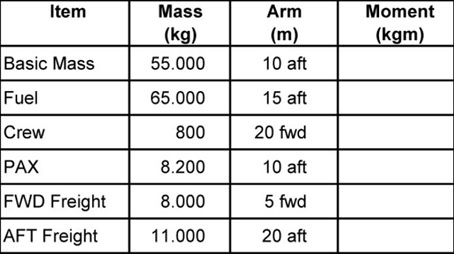
Question 13-25 : Select the option with the correct equipment requirements for parallel runway approach procedures ?
Pbn equipment non precision equipment precision equipment
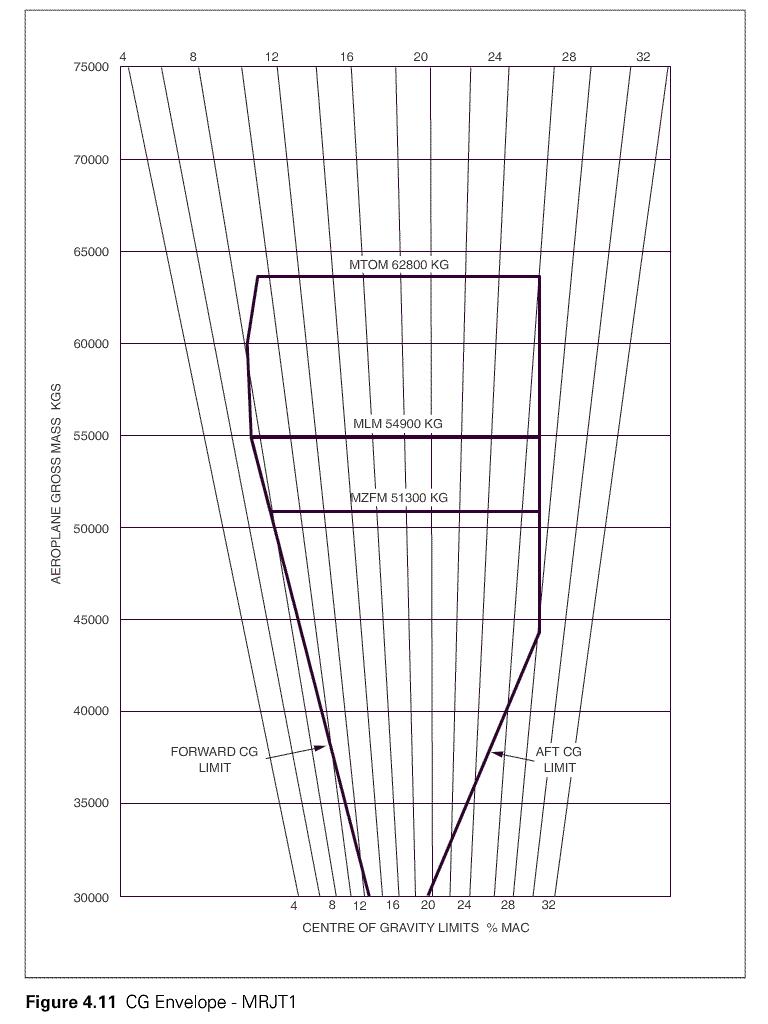
Question 13-26 : Regulation eu no 965/2012 covers… ?
All types of commercial and non commercial operations
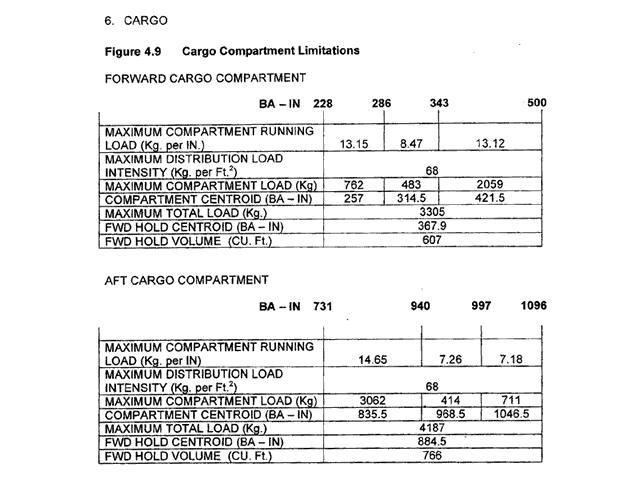
Question 13-27 : Track guidance is provided within for turning departures ?
10 km
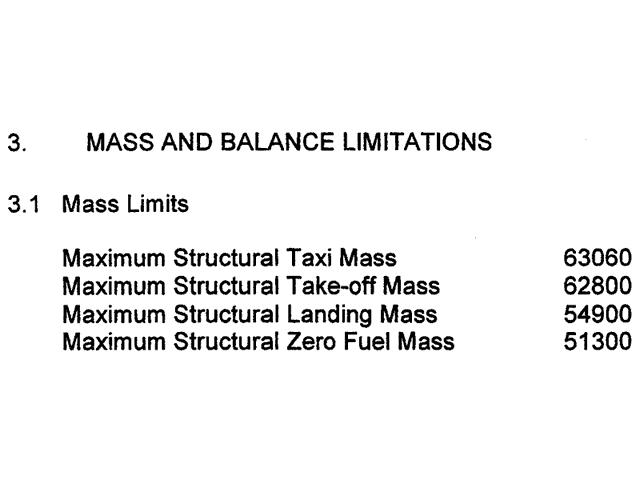
Question 13-28 : A turning departure is one in which a departure route requires a turn of more than… ?
15°
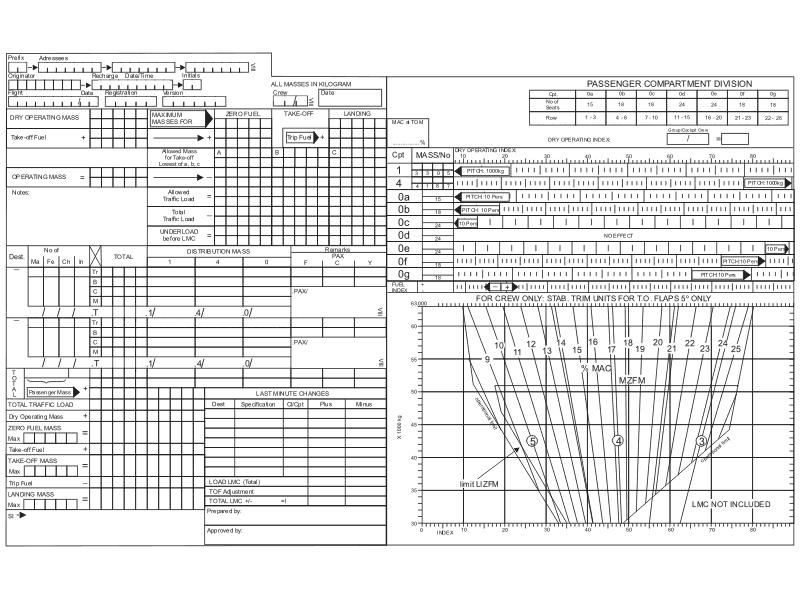
Question 13-29 : For runway 01 och equals 200 ft arp elevation 35 ft rwy 01 elevation 30 ft rwy 19 elevation 40 ft find the correct value of oca for a precision approach for rwy 01 ?
230
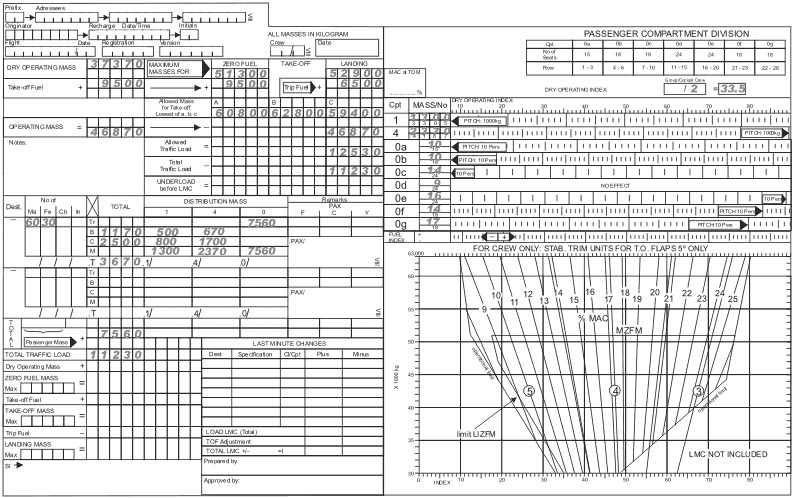
Question 13-30 : The first aircraft to arrive at the holding pattern should be assigned ?
The lowest level in the holding
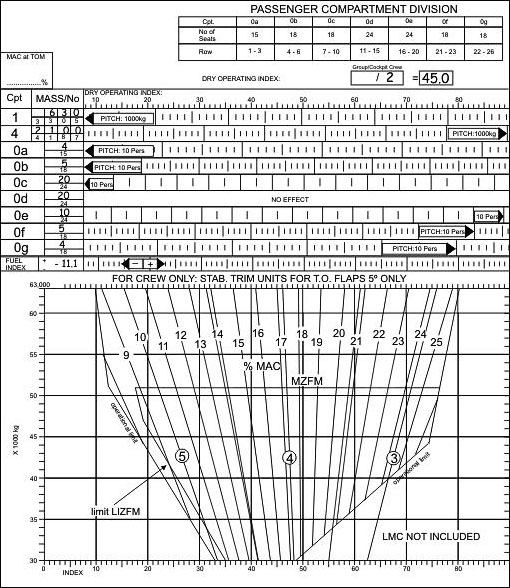
Question 13-31 : The icao approach categories for circling minima are… ?
A b c d and e
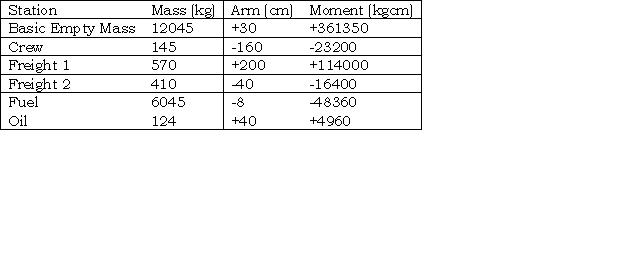
Question 13-32 : When passing over a hold fix an aircraft performs a left turn to heading 090 the pilot maintains track for a specified time and then performs a second left turn to intercept the 270 inbound radial of the same hold fix after flying over the hold fix for a second time he/she performs a right turn and ?
Parallel entry procedure
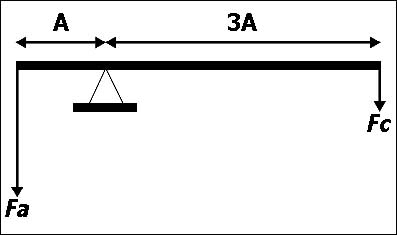
Question 13-33 : Why should a traffic advisory ta precede a resolution advisory ra ?
A ta will highlight the approximate position of an aircraft nearby that may become an ra
Question 13-34 : The crew of an aeroplane are performing a turning departure in this type of departure straight flight is assumed until reaching a height of at least… ?
120 m
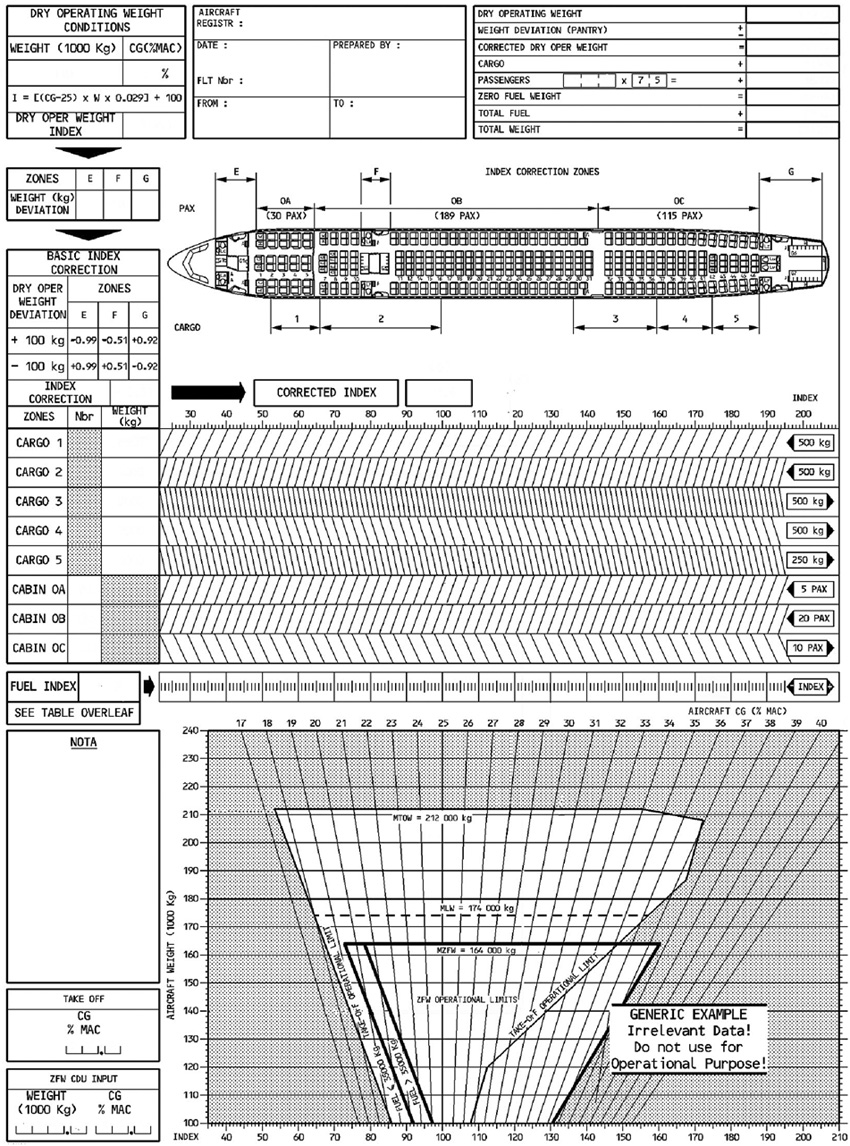
Question 13-35 : According to icao doc 8168 in cases where no track guidance is provided a convenient and flexible method of ensuring obstacle clearance is to use the method ?
Omnidirectional
Question 13-36 : According to icao doc 8168 for a visual manoeuvring circling when the oca/h is established a/an is also specified to allow for operational considerations ?
Mda/h

Question 13-37 : According to icao doc 8168 what is the primary action of the pilot in the case of an unserviceable transponder that cannot be restored before departure ?
Inform atc as soon as possible
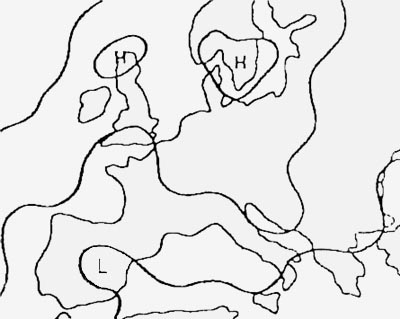
Question 13-38 : Which of the following are regulated in commission regulation eu no 965/2012 on air operations as amended 1 air operator certificates.2 authorisation of high risk commercial specialised operations.3 flight crew licensing.4 ramp inspections ?
1 2 and 4
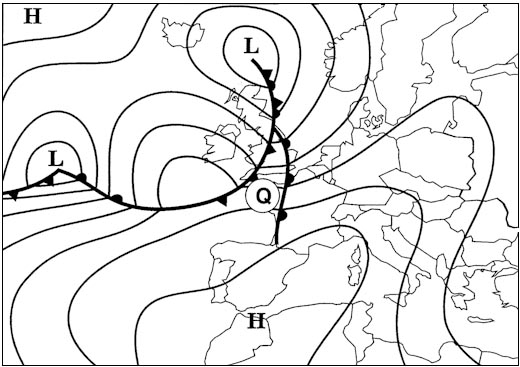
Question 13-39 : According to icao document 8168 pans ops which of the following standard instrument departures sid are considered as straight departures 1 sid rwy 26 initial departure track is 4° to the left of the runway alignment.2 sid rwy 14 initial departure track is 20° the right of the runway alignment.3 ?
Question 13-40 : In precision approach procedures the fap is a point… ?
In space on the final approach track where the intermediate approach altitude/height intercepts the nominal glide path
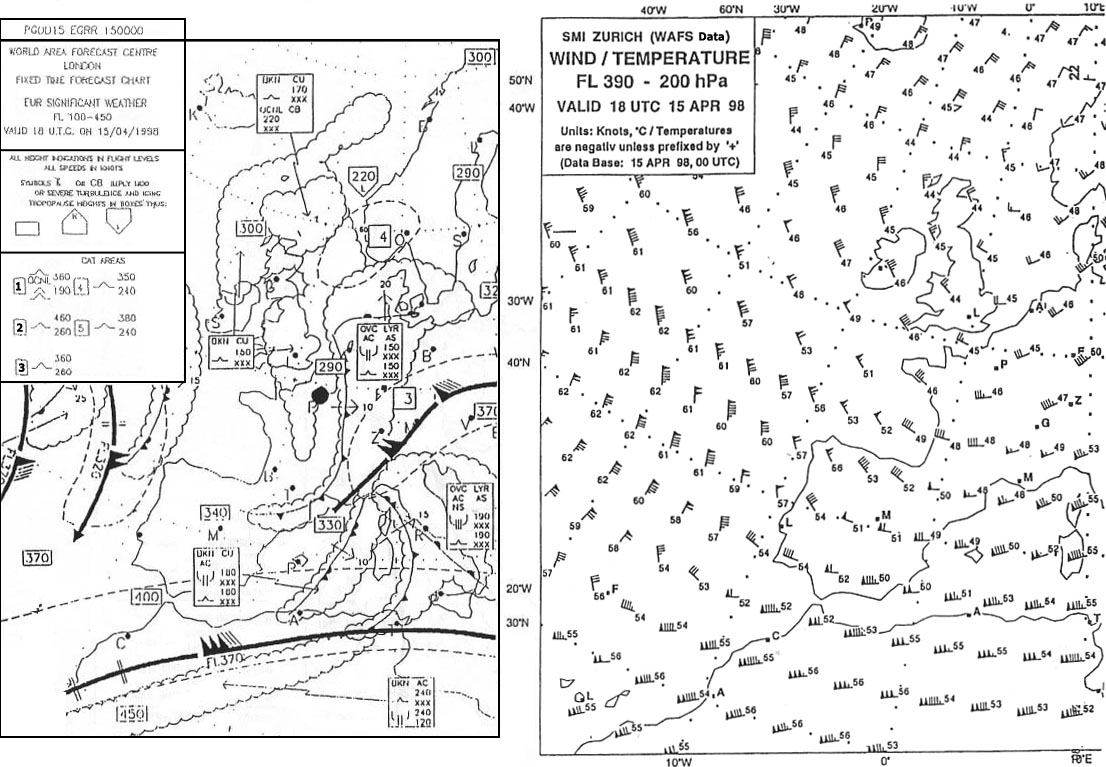
~
Exclusive rights reserved. Reproduction prohibited under penalty of prosecution.
479 Free Training Exam Other source study: Afis exam examen 13

